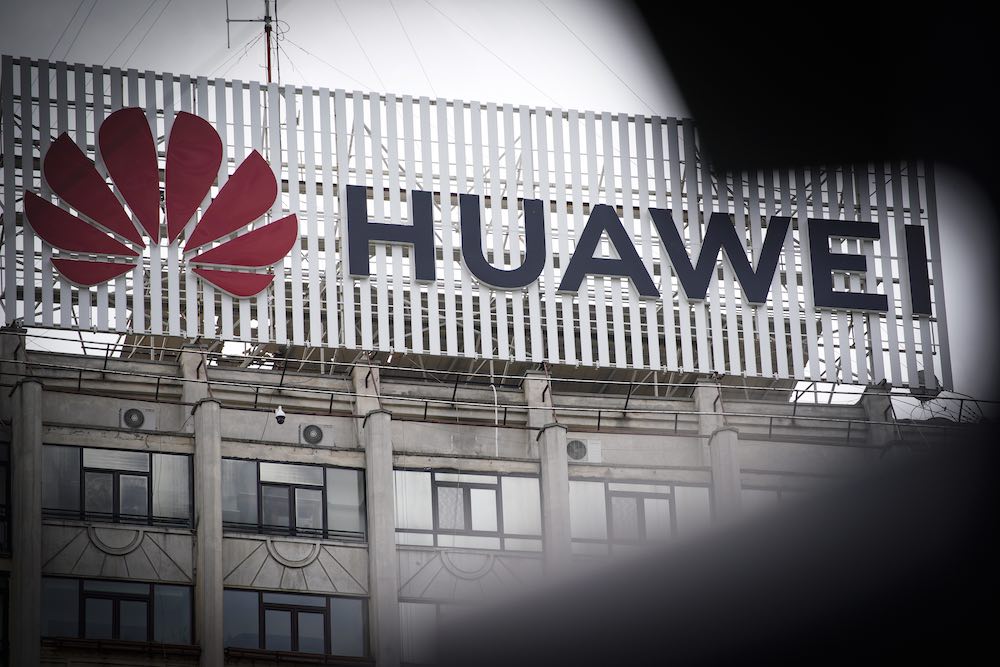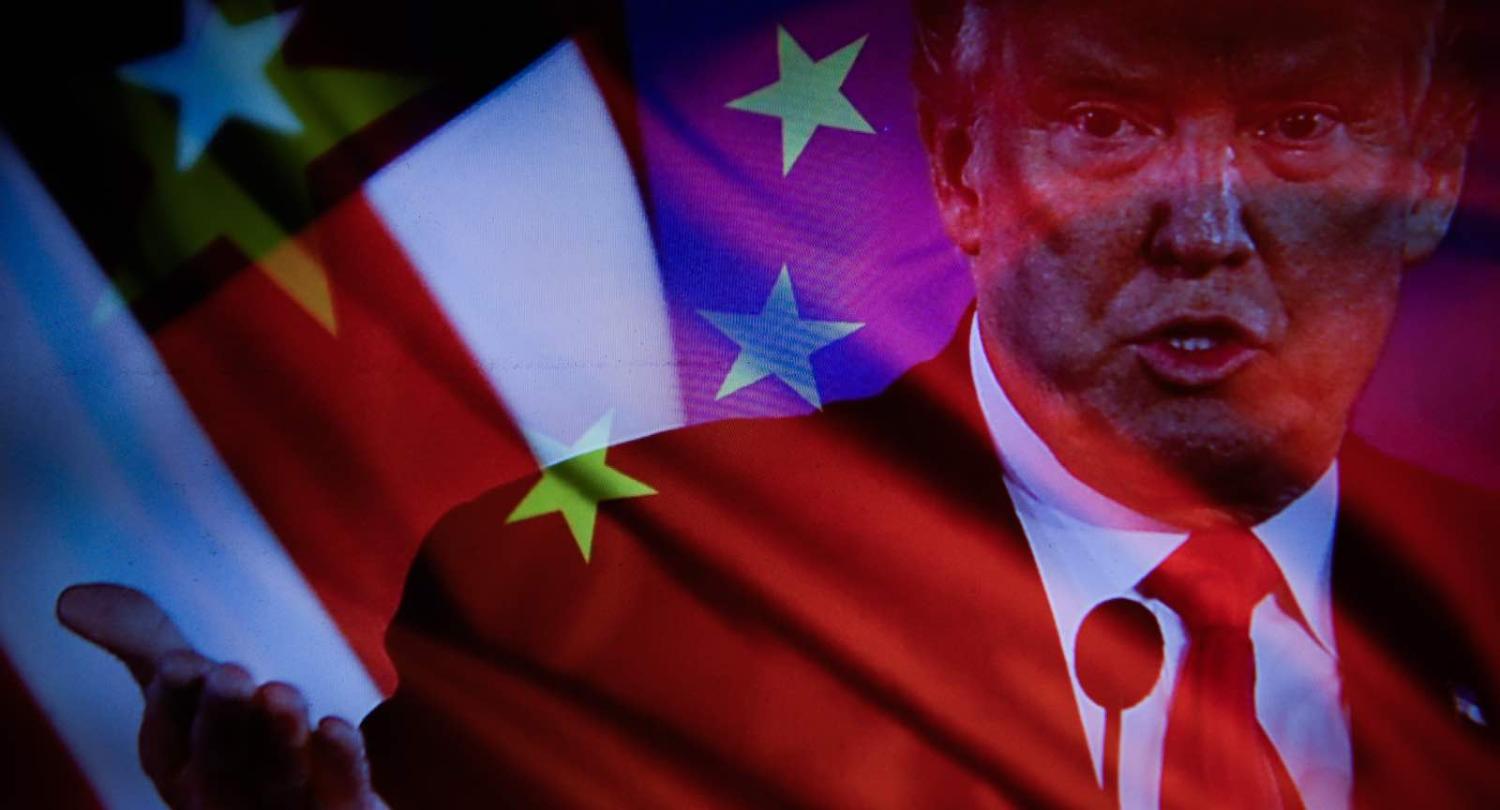In two dramatic policy announcements this month, the Trump administration effectively barred US companies and government agencies from buying telecommunications equipment or services from – or selling any components to –Chinese technology champion, Huawei. President Donald Trump signed a broadly phrased executive order restricting any transaction of information communication technology (ICT) products or services linked to a “foreign adversary” deemed to pose an “unacceptable risk to the national security of the United States”, while the Commerce Department placed Huawei the company and its affiliates on its Entity List – a designation that requires US firms and foreign companies selling products that contain US components to acquire a license from the US government before trading with a blacklisted company.
The tactical advantages of prioritising national security concerns in economic policymaking come with the longer-term strategic consequence of undermining confidence in free markets.
These moves represent the latest steps towards “decoupling”, the unwinding of the interlocking supply chains and trading relationships that have made the US and Chinese economies so deeply interdependent over the past two decades.
The private sector fallout was swift. Stock markets fell, and key suppliers in the US and United Kingdom quickly announced restrictions on the sale of hardware and software services to Huawei. Perhaps as an acknowledgment of initial overreach, the White House subsequently eased the restrictions, temporarily allowing the sale of American made goods and software to Huawei to maintain the reliability of existing networks, but maintaining export restrictions on components to manufacture new products.
But the damage was already done. Indeed, these decisions seem deliberately calculated to accelerate decoupling. The ongoing trade war may also be aimed at this underlying purpose because, as analyst Ely Ratner has conjectured, the Trump administration believes “the vulnerabilities associated with being overly interdependent with China is a problem in and of itself”.

Whether deliberate or not, the restrictions on Huawei have prompted some to argue that we are currently witnessing the collapse of an open, global market for ICT goods and services. Others cite the new policies as the latest confirmation of an emerging “economic” or “technology” Cold War between China and the United States.
For the companies caught in the middle, decoupling will not be a neutral process. Firms will need to make decisions regarding on which side of the “economic Iron Curtain” they want to fall, guided by considerations of profitability and political risk.
Some may see greater opportunities on the Chinese side, such as Sinovation Venture who recently announced their decision to halt investments in the US and concentrate on tech start-ups in China. Others will opt for the US market. Supermicro, a California-based chipmaker, recently instructed its suppliers to shift production out of China to alleviate US customers concerns about potential cyber espionage vulnerabilities.
The Japanese producer of printers and scanners, Ricoh, this month announced they would be moving some production from China to Thailand in order to avoid US tariffs that continue to increase as negotiations to end the trade war falter. These firms join a growing list of companies that have sought to move some or all of their Chinese production to other markets in the past year.
Yet there is an inherent and fundamental contradiction in the Trump administration’s China policy. On one hand, decoupling US and Chinese technology supply chains may well ameliorate perceived national security vulnerabilities posed by companies such as Huawei. But the United States, and equally importantly its European and other Western partners, have an additional objective: to pressure China to make substantial changes to its state-dominated economic model, characterised by an activist industrial policy, discrimination against foreign competition and a Party-managed legal system.
These two goals are completely contradictory. Liberalising its economy cannot occur without deepening China’s integration with (and reliance on) global markets. If there were any prospect of these kinds of reforms, the Chinese government would need to have greater confidence that China’s economy could rely on unimpeded market mechanisms to fuel its continued growth.

True, it may be that Western hopes of a liberalised, market-prioritising China that occasioned its joining of the World Trade Organisation were always unrealistic given the governing ideology of the Chinese Community Party and the pressures it faces to maintain domestic political legitimacy. Nevertheless, whatever residual confidence Beijing might have had in markets will have been completely erased this latest intervention. China’s leaders will only have added incentive to accelerate their activist industrial policies and drive for self-sufficiency in leading technology sectors.
This is the decoupling dilemma faced by the United States: the tactical advantages of prioritising national security concerns in economic policymaking come with the longer-term strategic consequence of undermining confidence in free markets. While a retreat from classic free market liberalism is par for the course in Beijing, a more statist approach to managing the economy is less familiar to Washington (though it increasingly has its advocates).
This might be unavoidable. While open markets and deep interdependence have long been seen contributors to geopolitical stability, they may be unable to restrain the impact of technology on great power competition. The conscious “decoupling” of certain sectors of their economies – as is being witnessed in ICT due to the Huawei decision at the moment – may therefore actually reduce tensions between the two great powers. A more diversified form of “managed interdependence” might arise in a grand bargain struck between Washington and Beijing, or it might arise gradually as each side implements unilateral measures to limit specific vulnerabilities.
Decoupling – once derided as a fantasy held by fringe elements of the Trump administration – is fast becoming a reality, and the policies that are accelerating that trend appear to have broad bipartisan support. While greater economic independence in some sectors might alleviate some of the greatest insecurities, there is an equal risk that such a project goes too far.
The policy community must squarely face the decoupling dilemma: should the United States walk away completely, and possibly irreversibly, from a decades-old project to liberalise the Chinese economy and integrate Beijing into the global community by facilitating its access to open and non-discriminatory markets? While this project may not have succeeded as intended, too much of an overcorrection could just as easily lead to the type of major discord that integration was intended to avoid in the first place.

